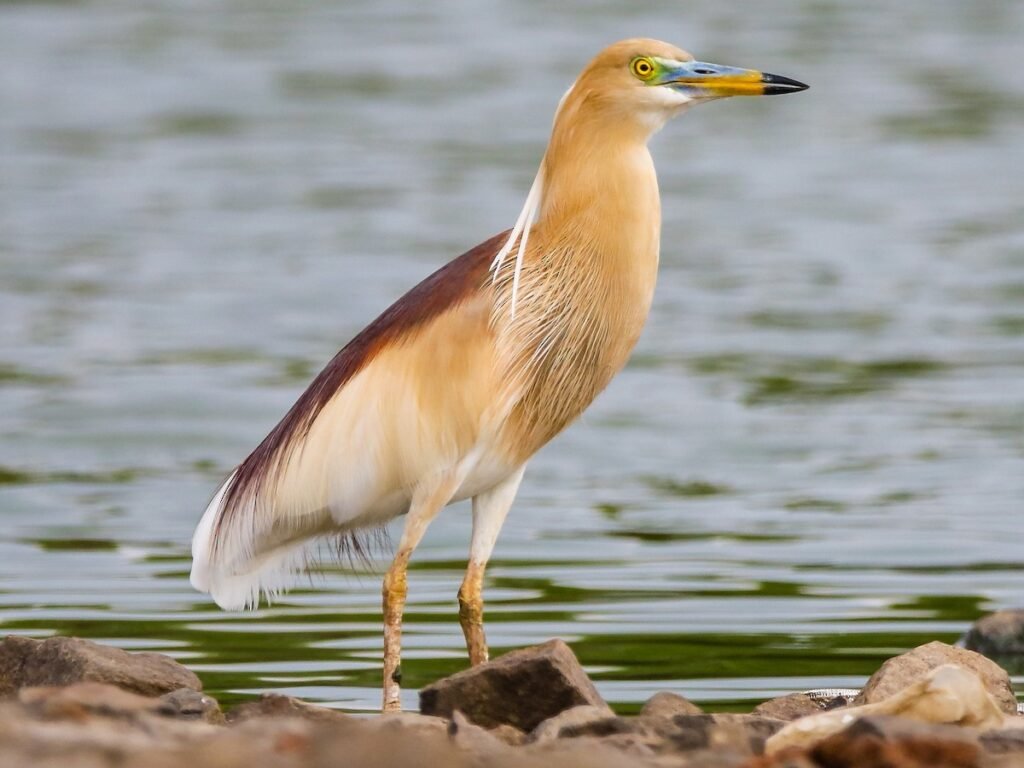Tucked away on the northern edge of Abu Dhabi Island lies one of the UAE’s most peaceful natural treasures—Jubail Mangrove Park. While the park is well-known for its wooden boardwalks and calm waters, many visitors are surprised to learn it’s also a thriving home for rare birds.
Jubail Mangrove Park isn’t just a relaxing place to walk; it’s a living ecosystem that plays an important role in protecting the UAE’s coastal environment. The mangroves here provide shelter, food, and nesting grounds for hundreds of bird species. And among them are some rare and stunning birds that birdwatchers and nature lovers travel far to see.
Whether you’re an experienced birder with a camera in hand or just someone who enjoys nature, keep an eye out. These are seven rare birds you might be lucky enough to spot on your next visit to Jubail Mangrove Park.

1. The Greater Flamingo
Tall, elegant, and unmistakable with their pink feathers and long legs, Greater Flamingos are among the most iconic birds in the region. While they can be seen in several wetlands across the UAE, spotting them at Jubail Mangrove Park feels extra special. Their soft pink shades stand out beautifully against the green mangrove trees and shallow waters.
Greater Flamingos typically travel in flocks and feed in the mudflats near the mangroves. They use their unique beaks to filter food like algae, crustaceans, and small fish. Early mornings or quiet afternoons are often the best times to see them gracefully wading through the water.
2. Western Reef Heron
This shy but striking bird comes in two color types—dark grey and pure white. The Western Reef Heron is often seen along the shoreline, patiently standing still as it waits for a fish to swim by. Its sharp beak and sudden, quick movements make it a skilled hunter.
Because of its quiet nature, you might walk past one without even noticing it. But take a moment to slow down and scan the shallows. If you’re lucky, you’ll catch this rare heron in action.

3. Collared Kingfisher
If you hear a sharp “kik-kik” sound echoing through the mangroves, look up—you might be hearing the Collared Kingfisher. With its bright turquoise-blue wings, white belly, and thick black beak, this bird is easy to spot once you know where to look.
The Collared Kingfisher loves to perch on branches near the water, watching for small fish, insects, or even tiny crabs. It’s quick, colorful, and always fun to watch as it dives suddenly into the water for a catch. This bird is a favorite among photographers thanks to its bold colors and lively behavior.
4. Indian Pond Heron
Though common in South Asia, the Indian Pond Heron is a rare treat to spot in the UAE. It blends into its surroundings so well that many visitors don’t notice it until it moves. With a mix of earthy tones—olive, brown, and white—it hides perfectly among the mangrove roots and muddy banks.
This bird is known for its slow and calculated movements. It quietly stalks prey like frogs, insects, and small fish. Its patience and stillness make it a master of stealth.

5. Pied Avocet
The Pied Avocet is one of the more unusual birds you’ll find here. It has a black-and-white body and a long, thin, upturned beak that it swings from side to side in the water to catch food. This graceful wader prefers shallow lagoons and tidal flats.
Because they are migratory, Pied Avocets may only appear during certain seasons. They usually arrive in winter, joining flocks of other waders and shorebirds. Their elegant look and rare presence make them a joy to spot during cooler months.
6. Eurasian Spoonbill
As its name suggests, the Eurasian Spoonbill has a spoon-shaped beak that it sweeps side to side in the water to catch crustaceans and insects. Its all-white feathers and soft yellow breast patch make it stand out against the blue waters of the park.
These birds are social and are often seen in small groups, walking slowly through shallow water. Their beaks are both unique and practical, and their feeding behavior is fascinating to watch.
Spoonbills were once a rare sight in the UAE, but thanks to improved conservation efforts, they are being spotted more often—especially in protected places like Jubail Mangrove Park.
7. Osprey
The Osprey is a bird of prey that rules the skies above the mangroves. With its brown back, white underside, and piercing yellow eyes, the Osprey is a powerful hunter. It can often be seen soaring high above the trees, scanning the water for fish. When it spots a target, it dives at high speed and catches it with its sharp talons.
Seeing an Osprey in action is a thrilling experience. These raptors are excellent indicators of a healthy ecosystem, and their presence in the park shows just how rich and balanced the environment has become.

A Safe Haven for Birds and Visitors
Jubail Mangrove Park isn’t just for humans to enjoy—it’s a safe haven for birds that need clean water, quiet shelter, and healthy trees. The park has been carefully designed to balance tourism and conservation. Raised wooden walkways allow visitors to explore without disturbing the wildlife.
Educational signs along the path help visitors learn about the mangroves and the species that live here. There are also quiet zones for birdwatching, where you can sit and listen to the natural sounds around you—chirping, calling, and the gentle lapping of water.
By protecting these areas, the UAE is making a strong statement: nature and modern life can exist together.
Planning Your Visit
If you’re thinking about visiting Jubail Mangrove Park to spot rare birds, the best times are early mornings and just before sunset. These are the quietest times, when birds are most active. Bring binoculars if you have them, wear light clothes, and walk gently—you never know what might be just around the corner.
Whether you’re a resident or a tourist, a trip to Jubail Mangrove Park offers more than just a walk in nature. It’s a chance to connect with a living world that many never get to see. And for those with a little patience and a sharp eye, some rare and beautiful birds are waiting to be discovered.
Also read: Why Eco-Tourism in the Middle East Is Booming Right Now













